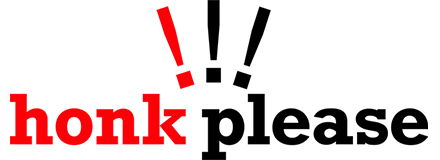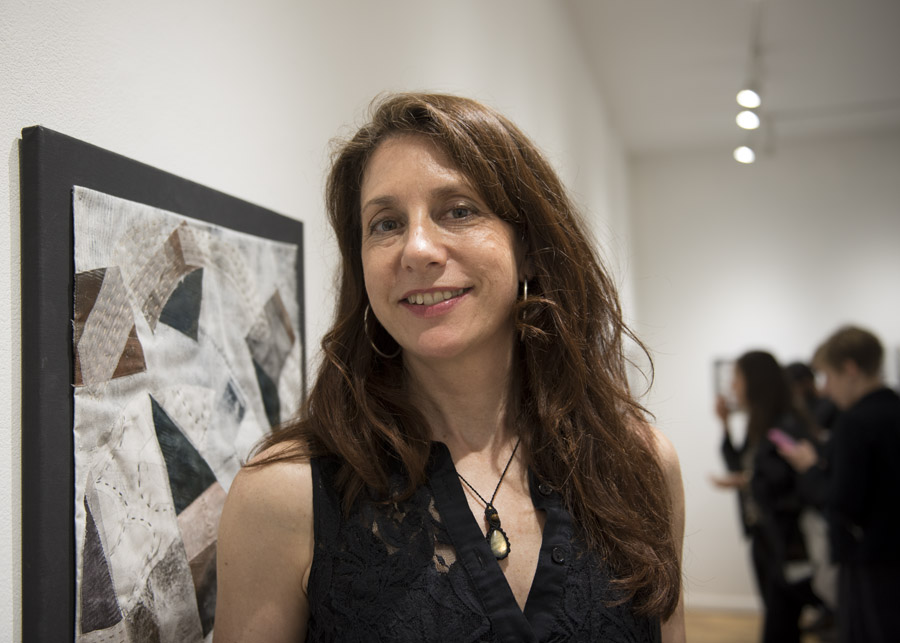Annika B. Lewis is a performing artist, creative consultant and teacher. She often combines the artistic and professional worlds to create expanded forms of communication, where body language and exercise can become an expression of innovation and communication in itself.
“Digital worlds open up for new formats of performing arts, but right now I miss the physical meeting between people and the experience of live performances up on stage. The pandemic has made it even more clear how important it is to be in the same space together. A video call can’t replace the physical meeting, but it can be a complement.”
Annika was born in San Francisco, grew up in Sweden but has been living in Denmark for the past 30 years.
“I have a nomadic soul, it is part of my roots. A restlessness and desire for adventures that has guided me through life and my career. I’m an entrepreneur and independent in many ways.”
With a background in visual and performing arts and communication, Annika has long been a teacher within the multidisciplinary field of Body, Creativity and Communication and has used that knowledge to teach at KaosManagement and Kaospiloterna among other schools. She enjoys teaching groups in how to combine physical and mental practices to create new solutions and ways of understanding the world around them.
‘I’ve worked with top management teams all over Scandinavia in helping them reach further in their innovation processes. What strikes me is that people outside the arts are often highly creative, especially when they are given the tools to think and act outside the box.’
ARTivistic strategies – an innovation toolbox
In 2018, Annika finalized a MFA at The Academy of Music and Drama at the University of Gothenburg with the opportunity to dive deeper into her own work. Her focus was on navigating complexity with the help of creative communication. Part of the results of the degree project have now been repurposed into a workbook and titled ARTivistic strategies.
“I think our traditional views on ‘methods’ often are rigid, because they claim that you need to do something in a certain way in order to reach a real result. ‘Strategies’ are more open, they are like a skeleton that you can fill with life yourself. It’s up to you to see and create the solution, there is no right or wrong.”
ARTivistic strategies is a small pixi-book designed to inspire thoughts and open doors rather than tell you ‘the truth’. The book is small enough to fit in your pocket or bag, and with empty space for writing down your own thoughts and ideas.
“Artivism is the combination of art and activism. I want to inspire people by handing them a selection of thoughts and ideas, pushing them to think even further. To take responsibility for their own creativity, no matter the situation they are facing in life or what they need for navigating in complexity.”
The book has been designed for Changemaker Educations and will be used for educational purposes at the school. The book exists only in a physical format, and is supposed to be used in a physical environment together with others, to awaken more spatial thinking both indoors and outdoors, in the city or out in nature.
Use physical movements to evoke thoughts
“When we are in the same place, communication becomes physical as well. There are so many signals we send out through our physical presence; energy, rhythm, intentions, the sort of things that can’t be mediated in a digital format.”
“I want the book to be used as a tool for innovation and creativity. As a starting point for new strategies. New thoughts. I want people to come together to truly discuss the world around them, engage in brainstorming activities, no matter if it’s for an open subject or a concrete project.”
In times when the physical meeting between people has become scarce, the importance of creating a deeper meaning when we do meet face to face becomes even more important.
“In a digital world we meet in different rooms, and view a static perspective of the other person. We are missing out on body language and presence, and we are not moving around. In a physical space it is easier to open up our minds to new perspectives. To use physical movements to evoke thoughts. Each move we make within a space, or between spaces, changes our perspective and presence – and helps us think in a new way. When we switch position with another person we can better understand that person’s views and become more empathetic towards each other. I hope the book will inspire working more spatially with strategies.”

